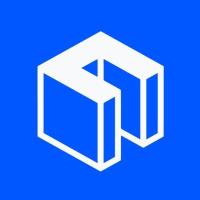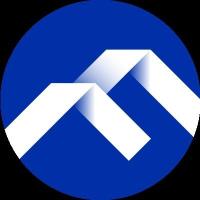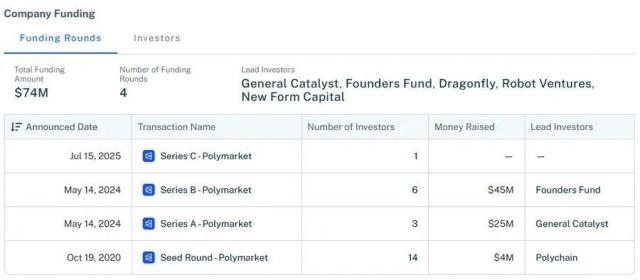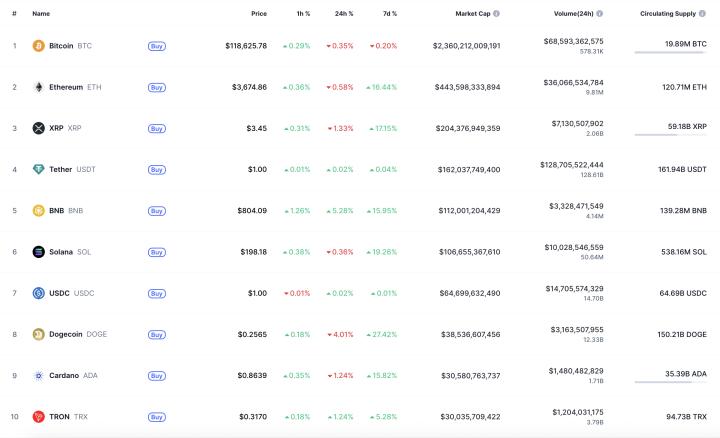Chainfeeds Introduction:
Ondo is not satisfied with merely building applications on other public chains, but is committed to controlling the entire technology stack from asset tokenization (OUSG, USDY, GM), to lending/trading layer (Flux, GM platform), to the underlying settlement layer (Ondo Chain).
Article Source:
https://www.techflowpost.com/article/detail_27131.html
Article Author:
TechFlow
Perspective:
TechFlow: Ondo Finance's core mission is clear and ambitious: bridging the gap between traditional finance (TradFi) and decentralized finance (DeFi), making institutional-level financial products and services accessible to everyone. This vision is succinctly summarized as building "Wall Street 2.0", intending to transform financial market infrastructure and accessibility using blockchain technology. The company's strategic foundation is deeply rooted in its leadership team's background. Founders Nathan Allman and Pinku Surana both have work experience at top Wall Street institutions like Goldman Sachs. This is not a simple resume embellishment, but a core strategic asset. This background explains why Ondo has been extremely focused on compliance from its inception, making it a primary differentiating advantage. The company is one of the first DeFi projects to demonstrate strict legal compliance, with user asset flows both on-chain and off-chain managed by renowned institutions like Coinbase, BlackRock, and Clear Street. With its compliance-first strategy and strong product-market fit, Ondo Finance has established a leading position in the RWA field. By early 2025, Ondo ranks in the top three in tokenized RWA market share, with its TVL exceeding $1 billion. Notably, Ondo holds over 90% market share in US Treasury tokenization holders, primarily due to the openness of its USDY product to non-US retail investors. Despite its achievements, Ondo faces fierce competition from different dimensions: 1) Crypto-native competitors: Hashnote (USYC) and Securitize are its main Web3 rivals. Especially Hashnote, which has actively competed for market share by offering highly attractive yields. 2) Traditional financial giants: Institutions like BlackRock (BUIDL) and Franklin Templeton (FOBXX/BENJI) are both Ondo's partners and its most powerful potential competitors. They control the source of RWAs - the underlying asset issuance, and have begun launching their own tokenized funds. Ondo has developed a series of protocols aimed at providing on-chain utility for its RWA products and laying the foundation for broader financial markets. 1) Flux Finance: A decentralized lending protocol forked from Compound V2. Its core innovation is the ability to simultaneously support permissionless tokens like USDC and permissioned RWA tokens like OUSG as collateral. To achieve this, Flux introduced a whitelist mechanism where only addresses that pass compliance review can liquidate positions of restricted assets like OUSG, creating a "permissioned DeFi" environment. The protocol's governance belongs to Ondo DAO, with decisions made collectively by ONDO token holders. 2) Ondo Global Markets (GM): One of Ondo's most ambitious platforms, aimed at tokenizing and bringing thousands of publicly traded securities (including stocks, bonds, and ETFs) on-chain. Launched on Solana, it targets providing 24/7 trading services and deep integration with Solana's DeFi ecosystem. Its services are for non-US investors. Technically, the platform uses a dynamic Bonding Curve and integration with decentralized exchanges (DEX) like Meteora to provide initial liquidity for assets. 3) Nexus Asset Issuance Protocol: This protocol aims to provide instant liquidity for third-party tokenized government bonds by using OUSG as a cross-issuer liquidity layer. This design elevates OUSG from a simple investment product to a core market infrastructure, demonstrating Ondo's intention to play a more fundamental role in the RWA ecosystem.
Content Source







